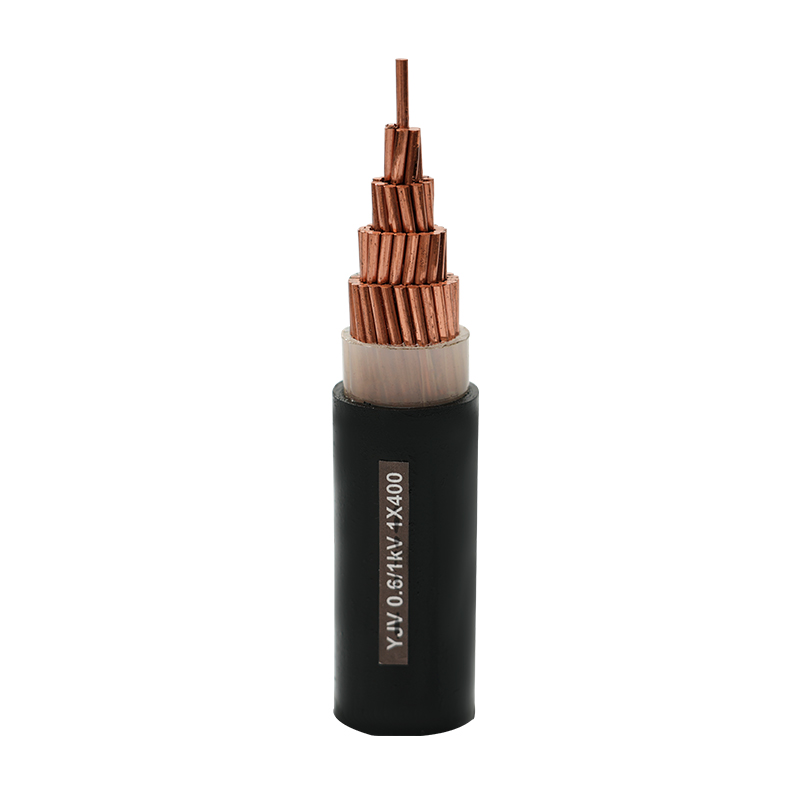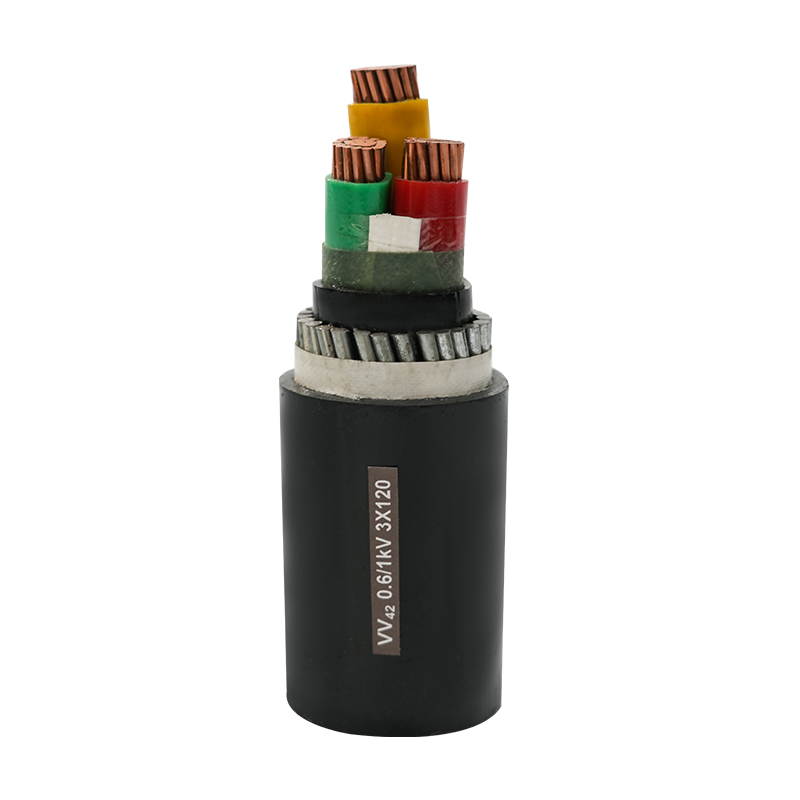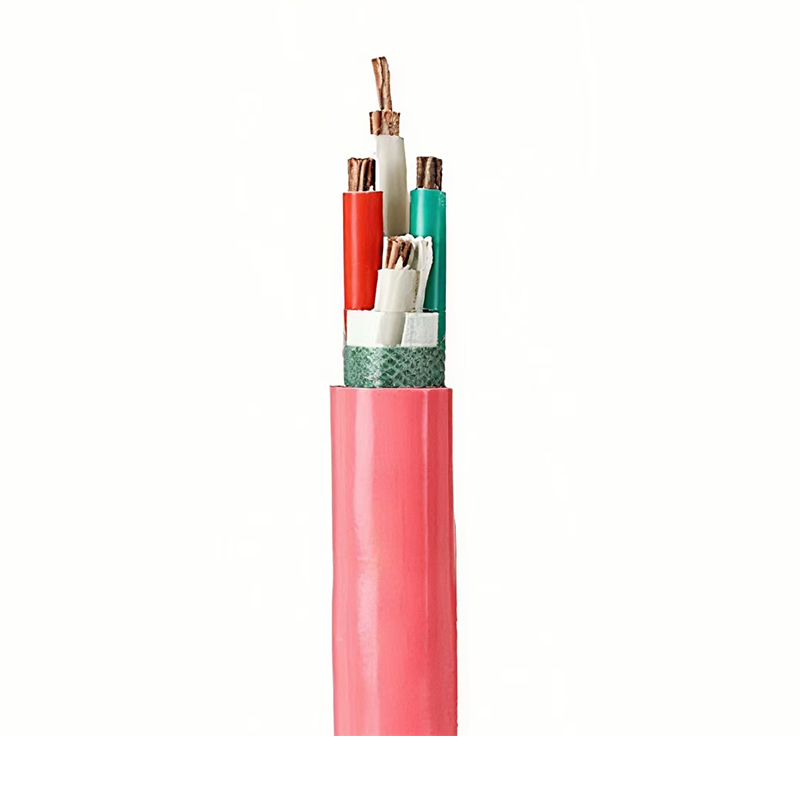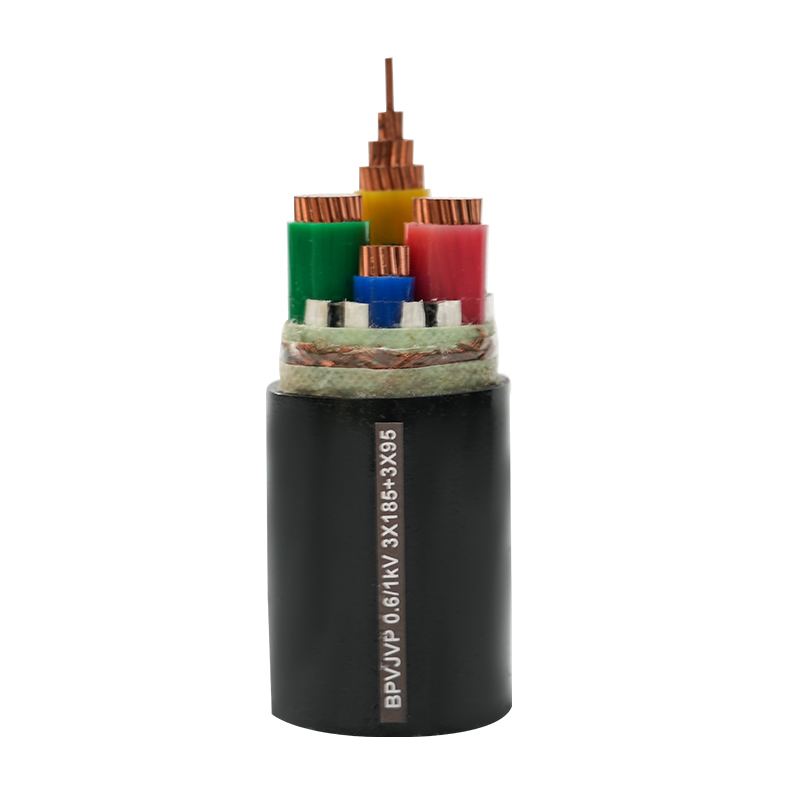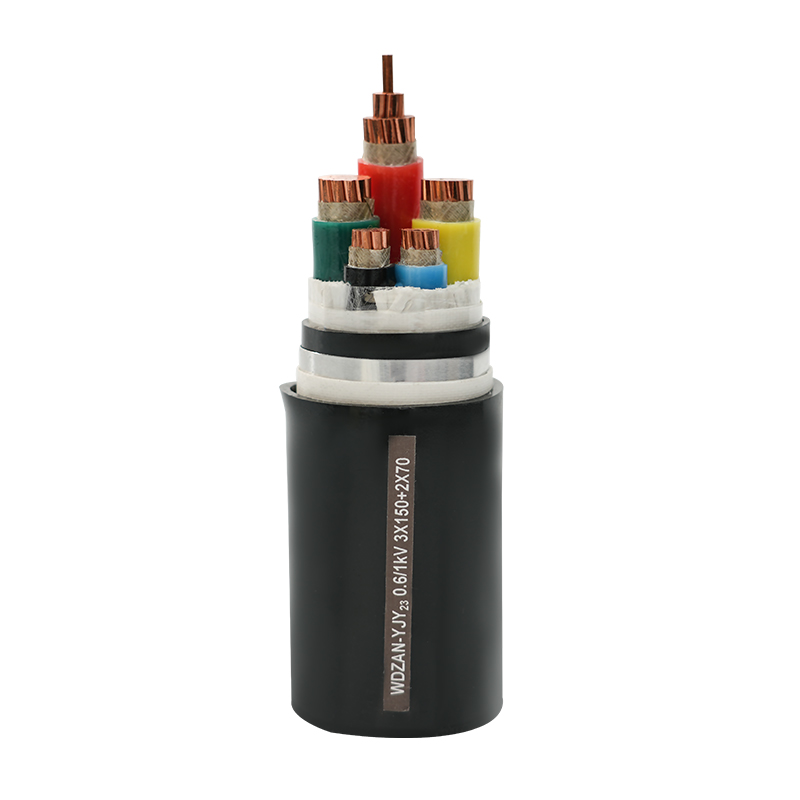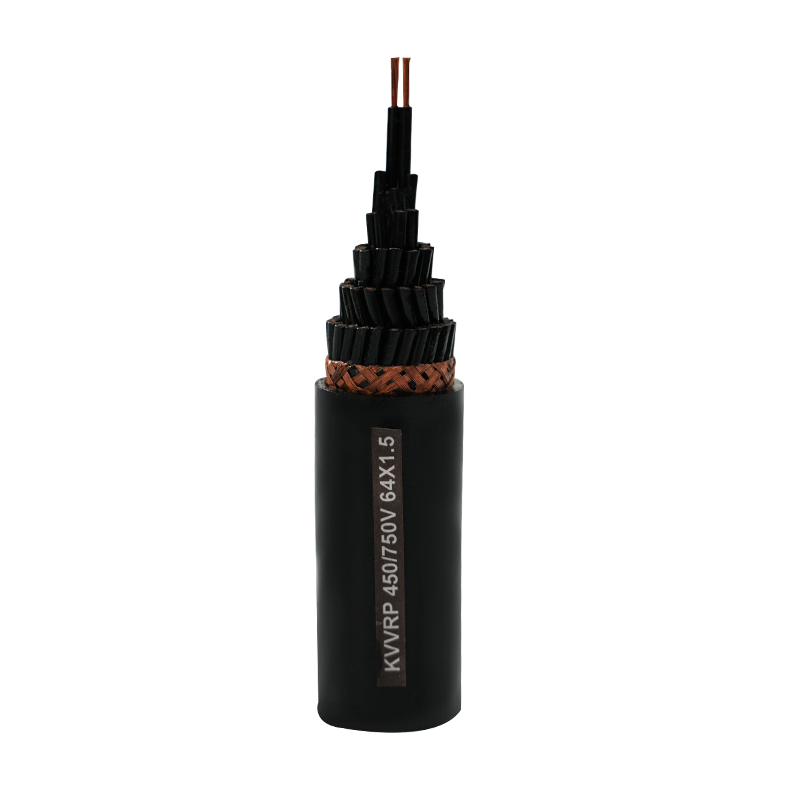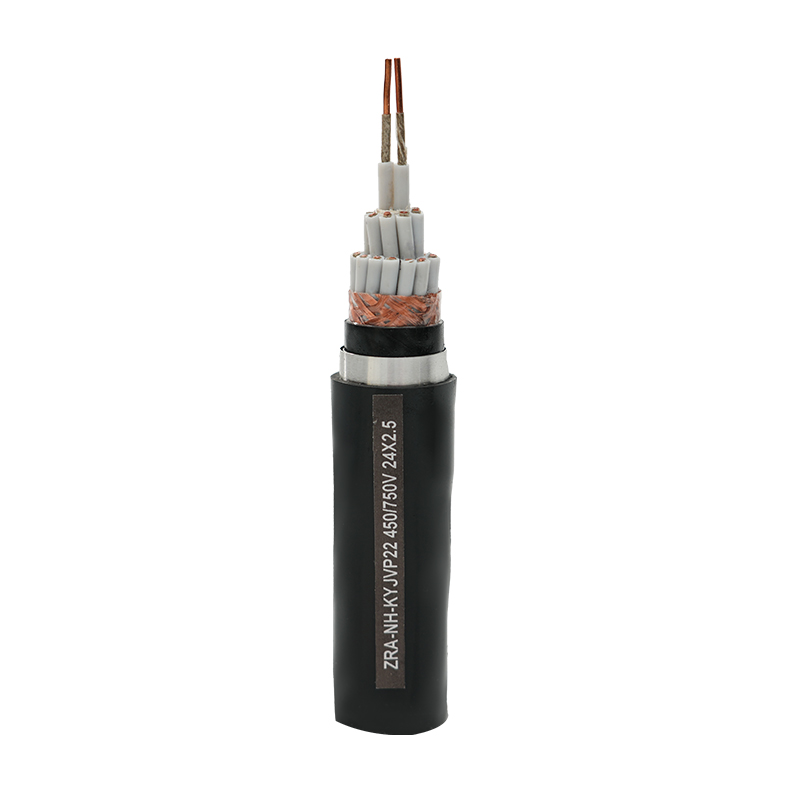Different types of power cables, based on their structure, materials, and performance characteristics, are suitable for various specific applications. Below are several common types of power cables and their applicable scenarios:
Low-Voltage Cables:
-
Applicable Scenarios: Low-voltage cables are typically used for power distribution within residential, commercial buildings, and industrial facilities, such as home circuits, office lighting, and sockets.
Medium-Voltage Cables:
-
Applicable Scenarios: Medium-voltage cables are suitable for urban distribution networks, power supply in industrial parks, and power distribution in large commercial complexes.
High-Voltage Cables:
-
Applicable Scenarios: High-voltage cables are primarily used for long-distance power transmission, such as transmission lines from power stations to substations, and main power supply for large industrial facilities.
Extra-High-Voltage Cables:
-
Applicable Scenarios: Extra-high-voltage cables are used in ultra-high-voltage transmission lines, typically in national grids or cross-border power transmission, to meet the needs of high-capacity, long-distance power transmission.
Overhead Cables:
-
Applicable Scenarios: Overhead cables are suitable for outdoor power transmission, such as transmission lines between cities and rural power supply, due to their relatively simple installation and maintenance.
Underground Cables:
-
Applicable Scenarios: Underground cables are commonly used in city centers, densely populated areas, and places where cables need protection from environmental impacts, such as beneath streets, in parks, and inside buildings.
Submarine Cables:
-
Applicable Scenarios: Submarine cables are used for cross-sea power transmission, such as connecting islands to mainlands and international power interconnections, capable of resisting seawater corrosion and marine environmental challenges.
Fire-Resistant Cables:
-
Applicable Scenarios: Fire-resistant cables are suitable for applications with extremely high fire safety requirements, such as high-rise buildings, subways, tunnels, and nuclear power plants, ensuring power supply is maintained in the event of a fire.
Flame-Retardant Cables:
-
Applicable Scenarios: Flame-retardant cables are used in situations where preventing the spread of fire is necessary, such as commercial centers, hospitals, and schools.
Flexible Cables:
-
Applicable Scenarios: Flexible cables are suitable for applications requiring frequent movement or bending, such as stage equipment, mobile machinery, and temporary power supply.
Superconducting Cables:
-
Applicable Scenarios: Superconducting cables are currently mainly used in experimental projects and special applications, such as large-scale research facilities and efficient power transmission in future grids.
Selecting the appropriate type of power cable requires consideration of voltage levels, environmental conditions, safety requirements, and economic factors to ensure the reliability and safety of the power system.

 English
English 中文简体
中文简体 русский
русский عربى
عربى